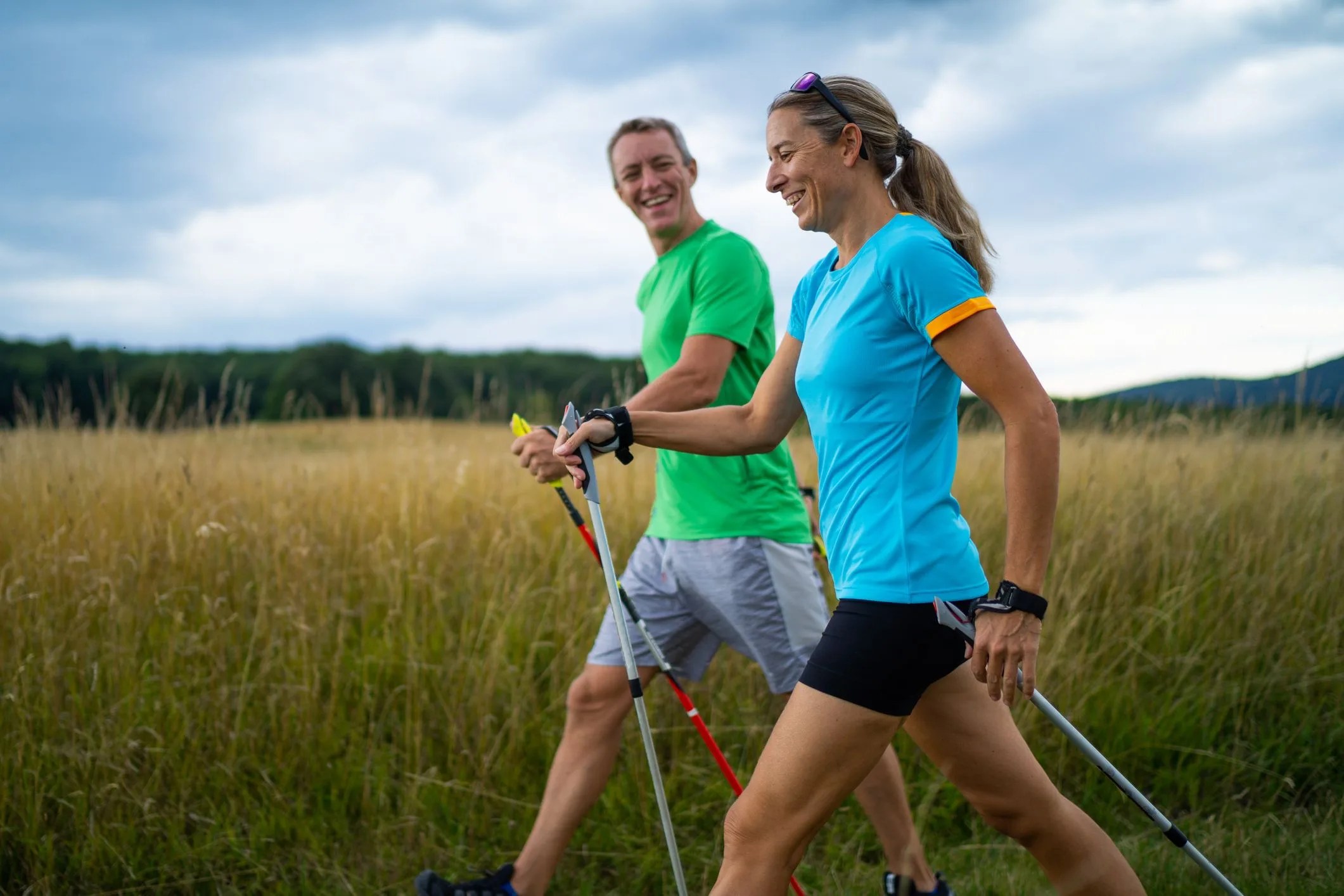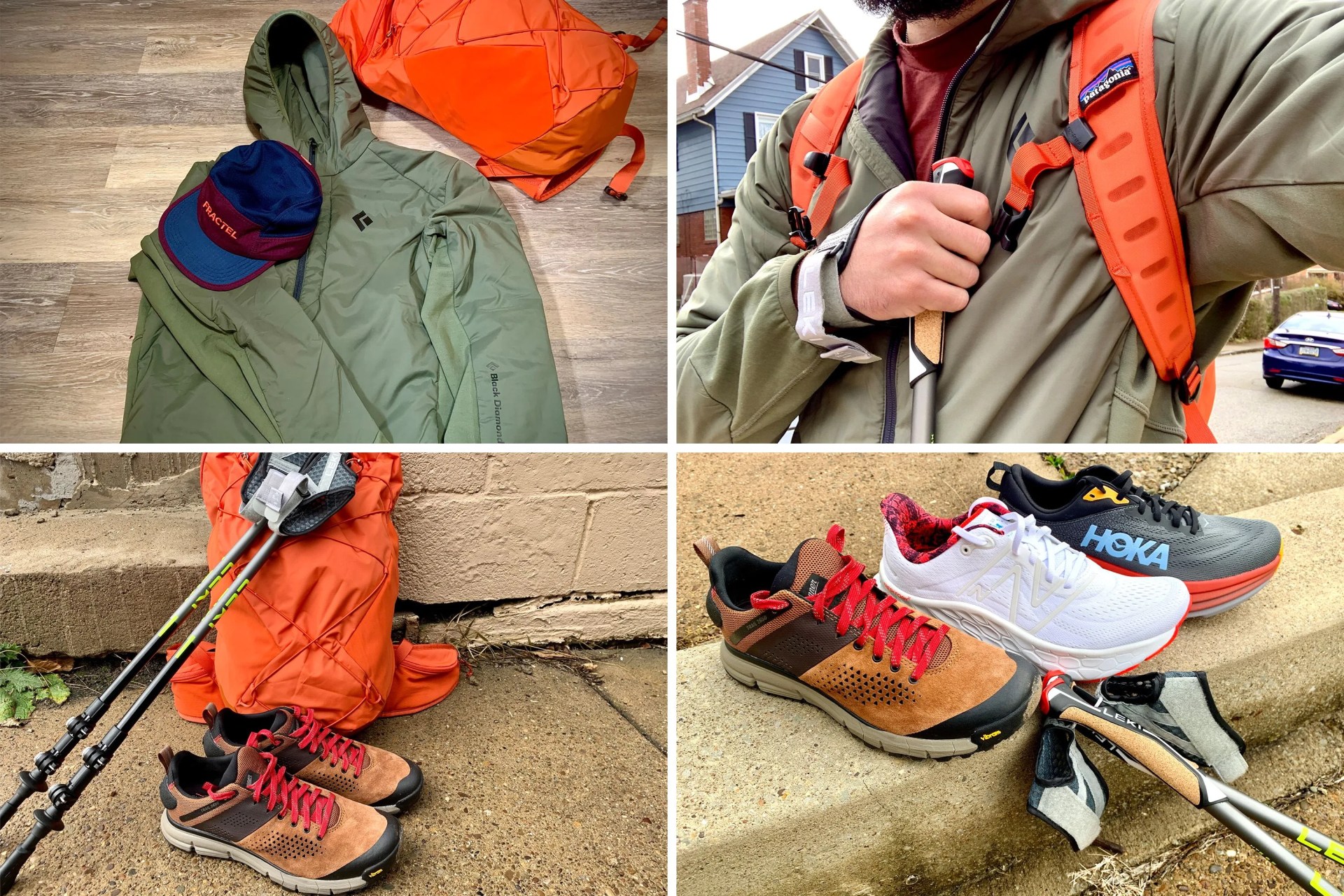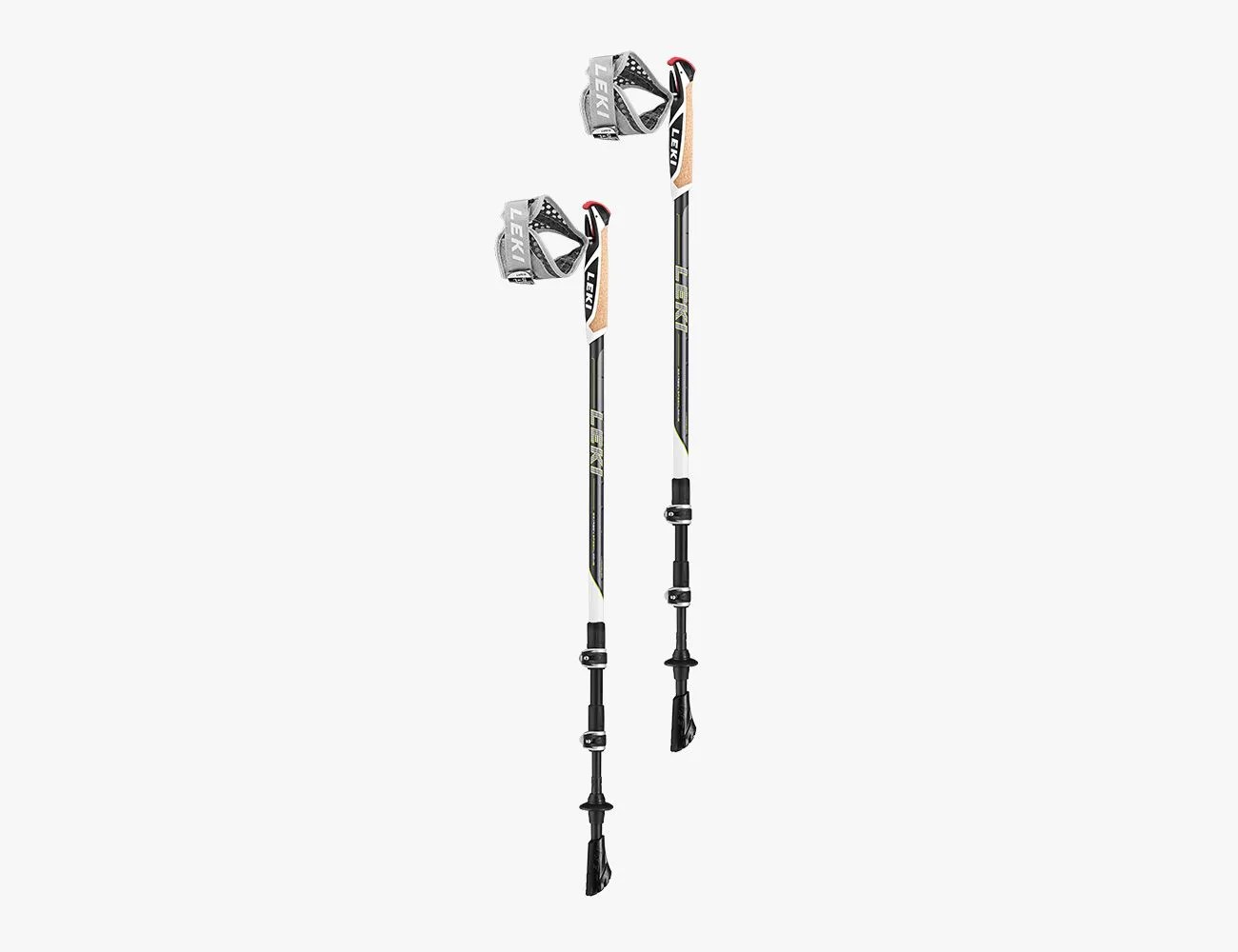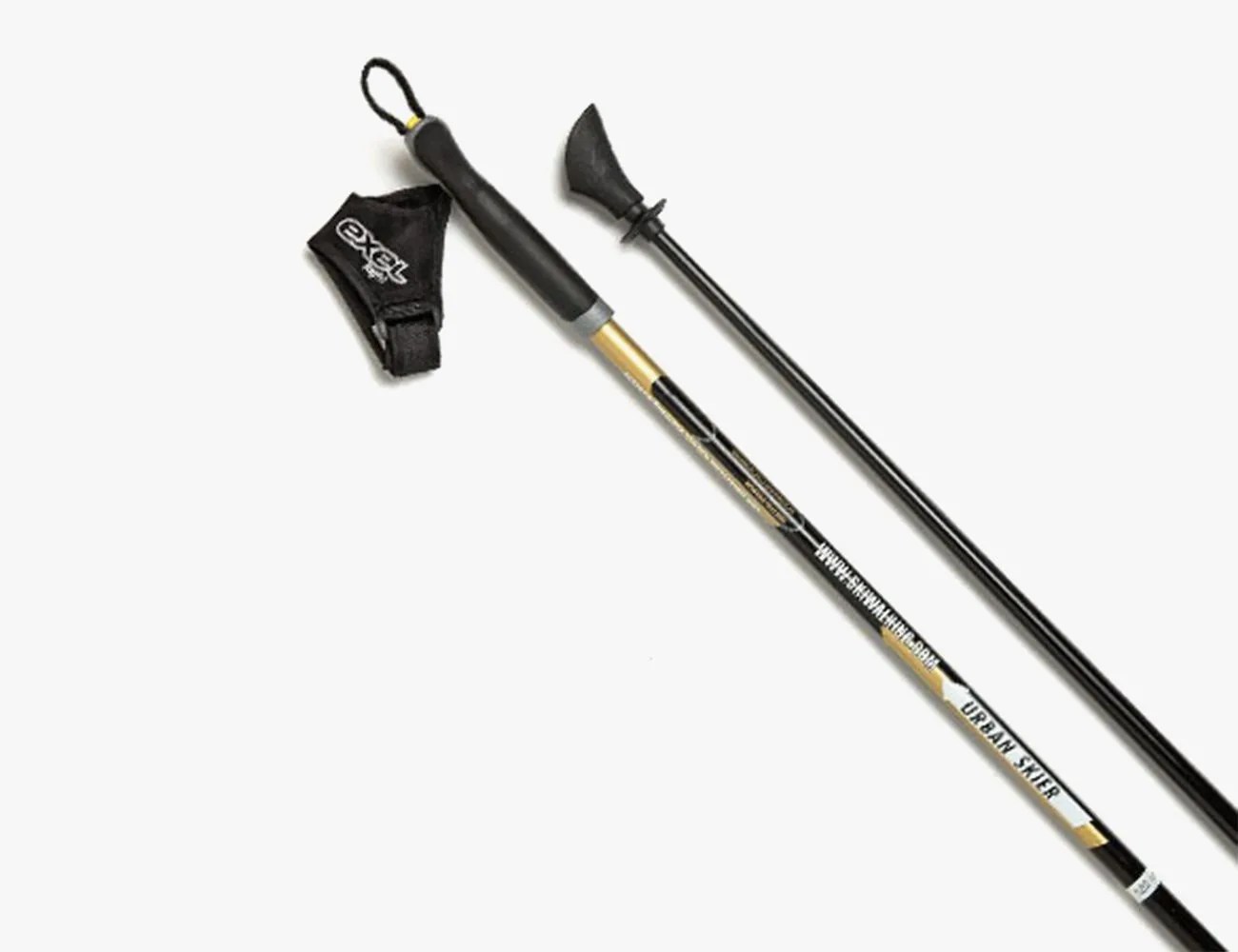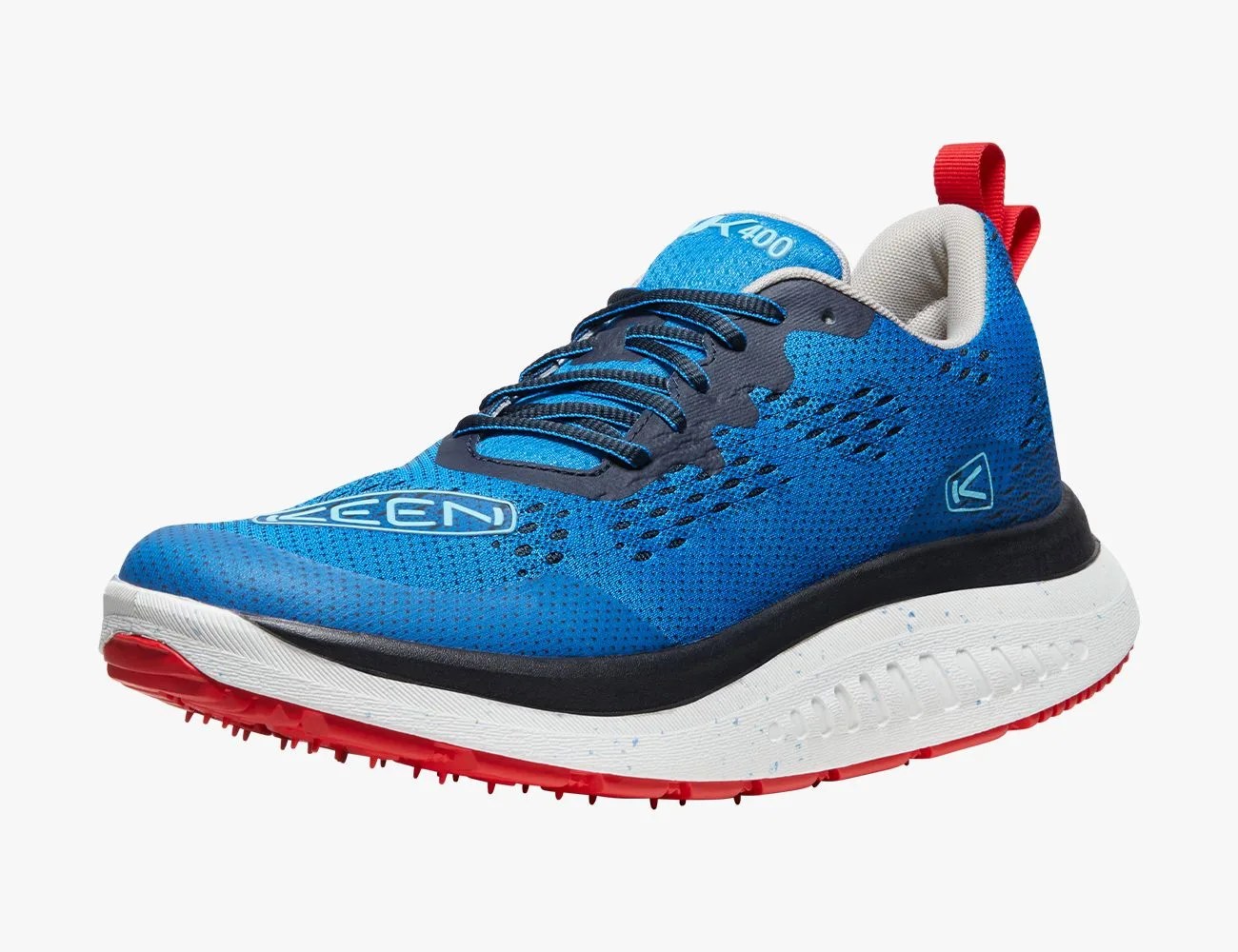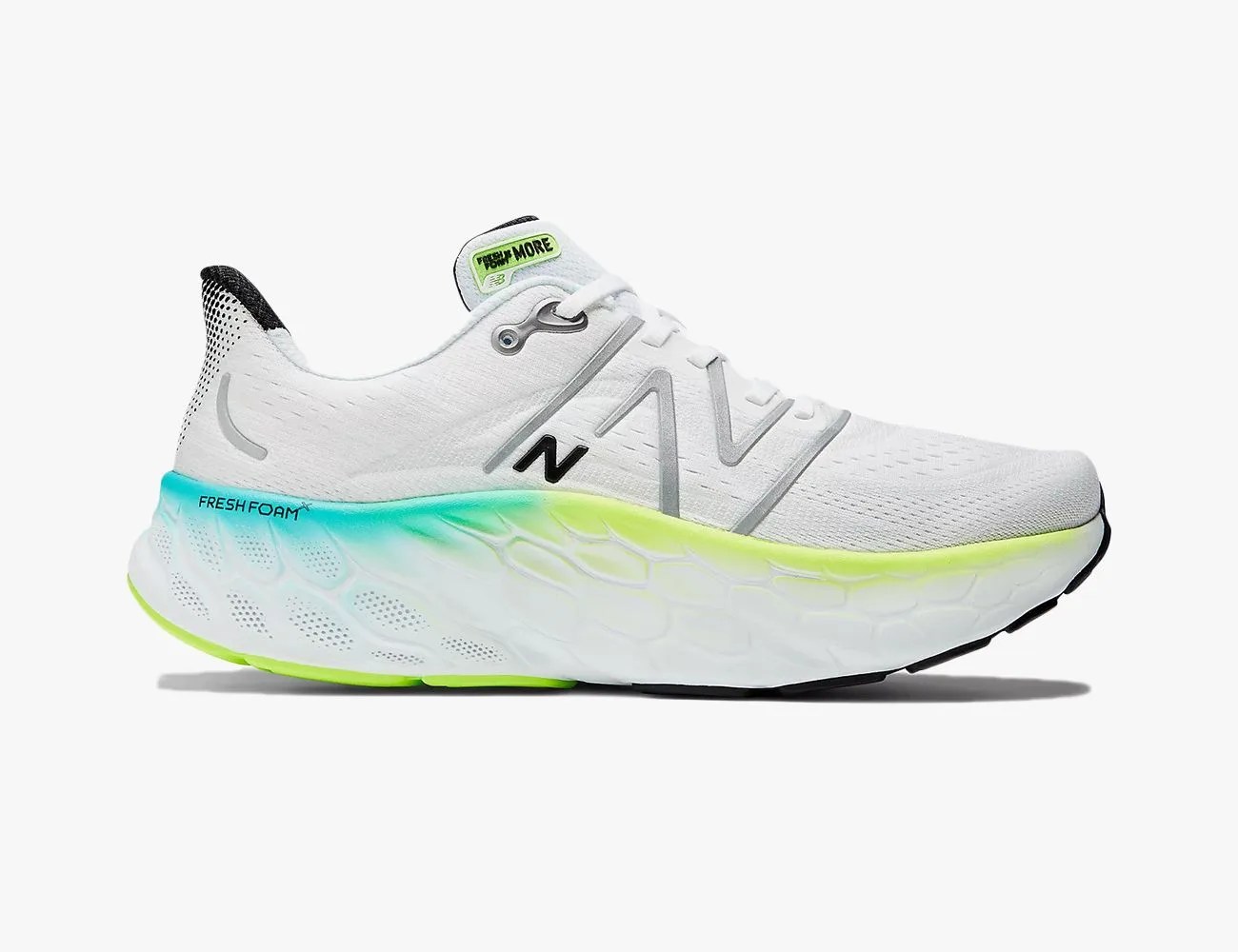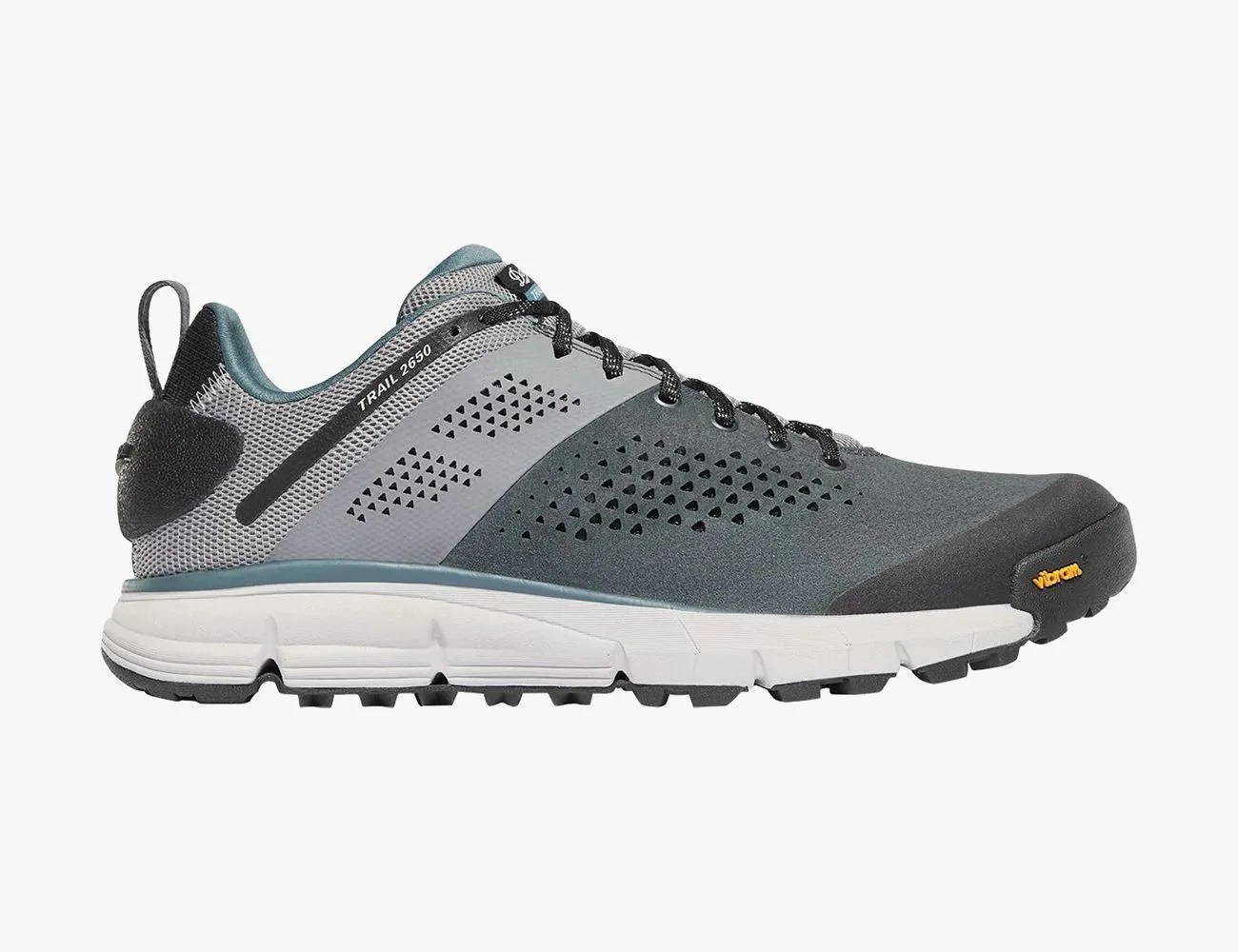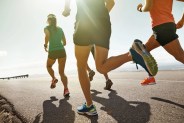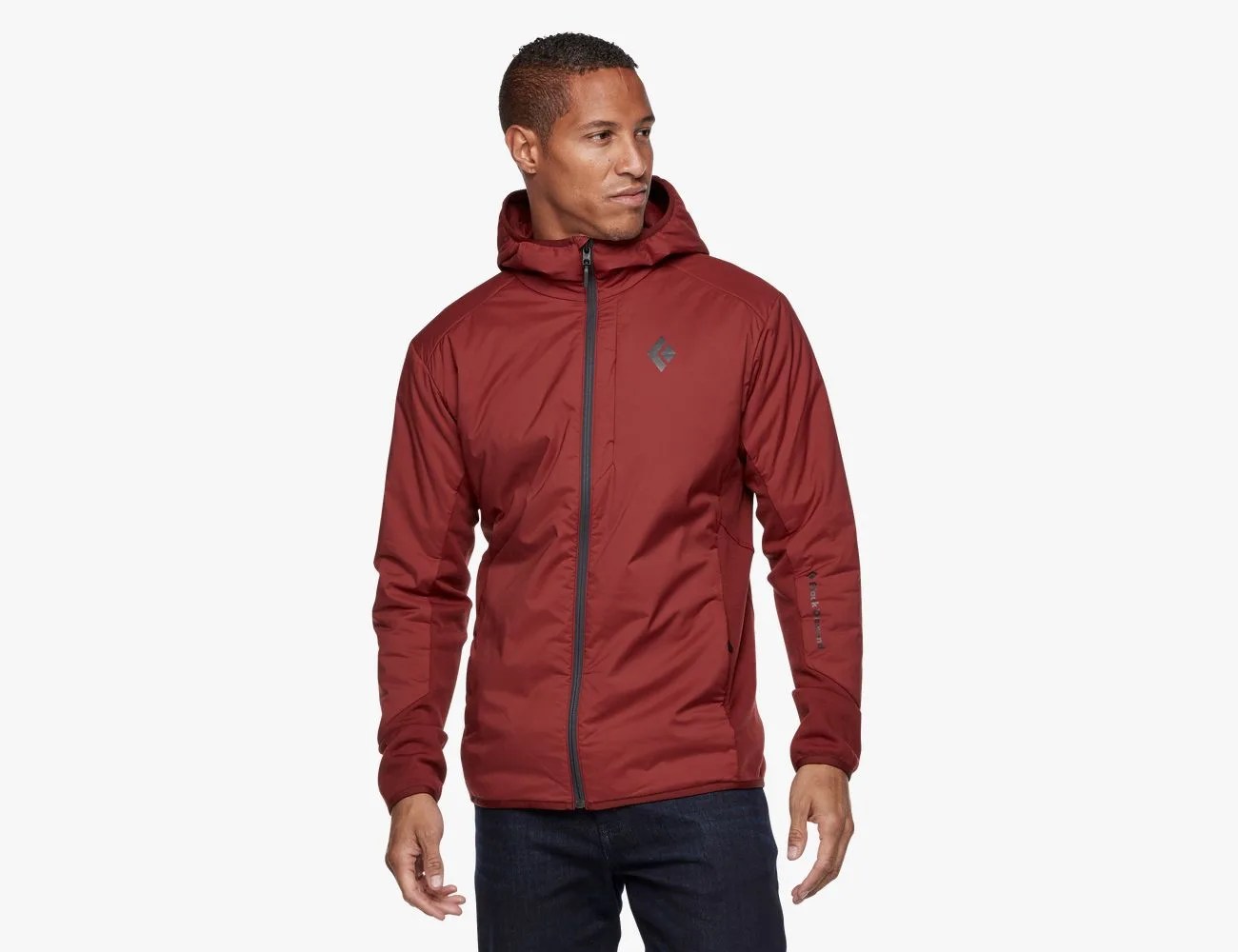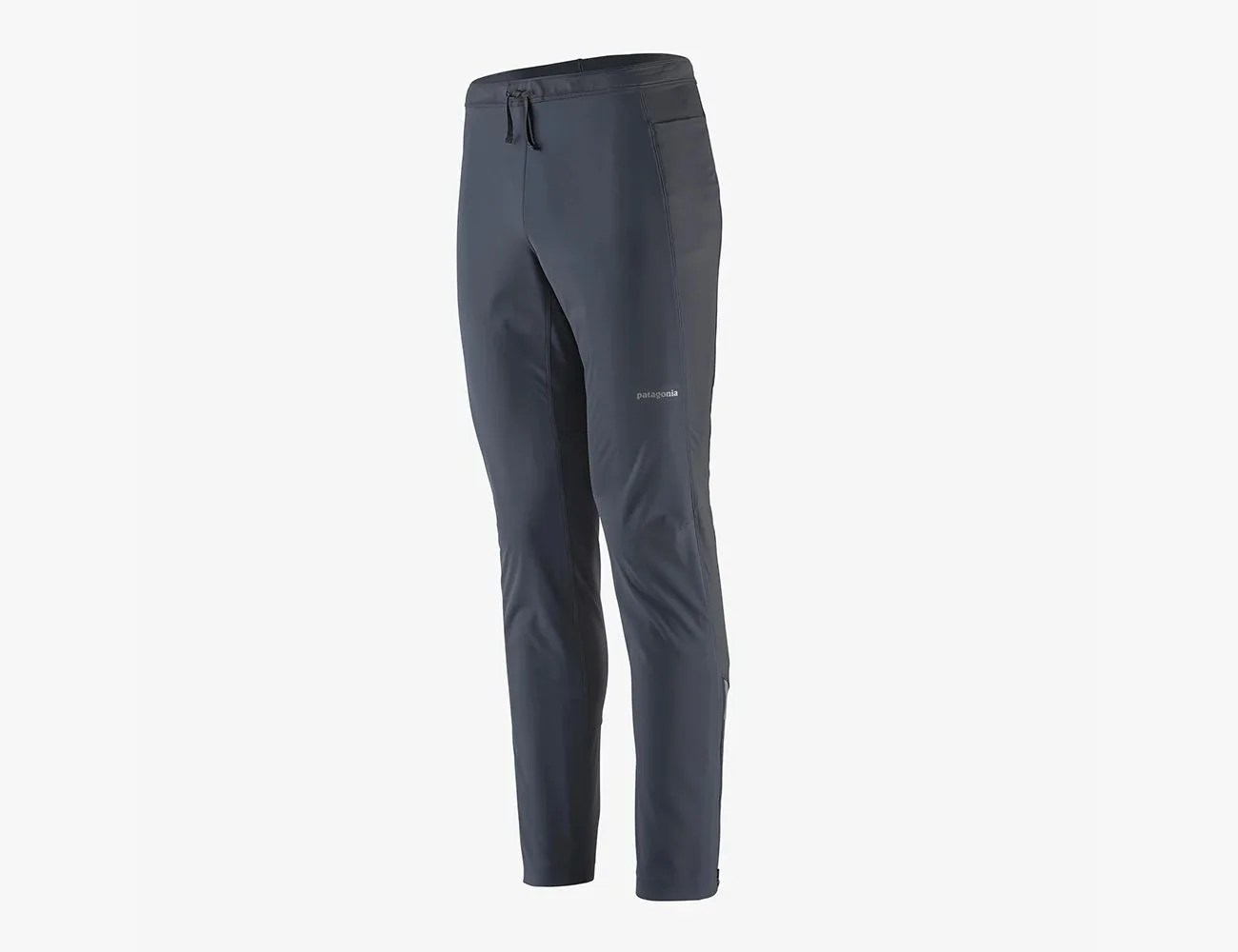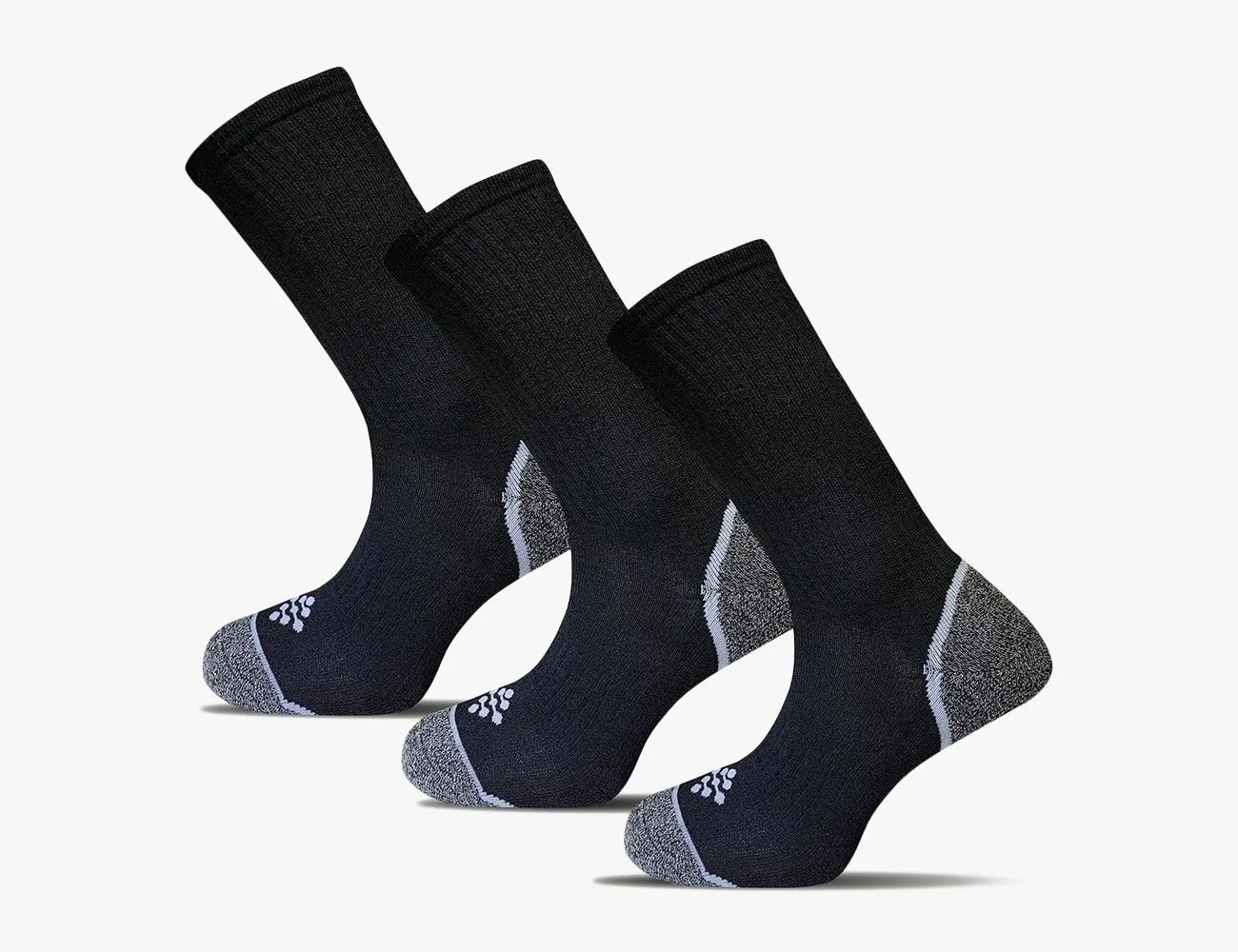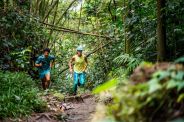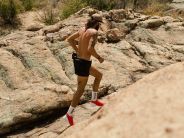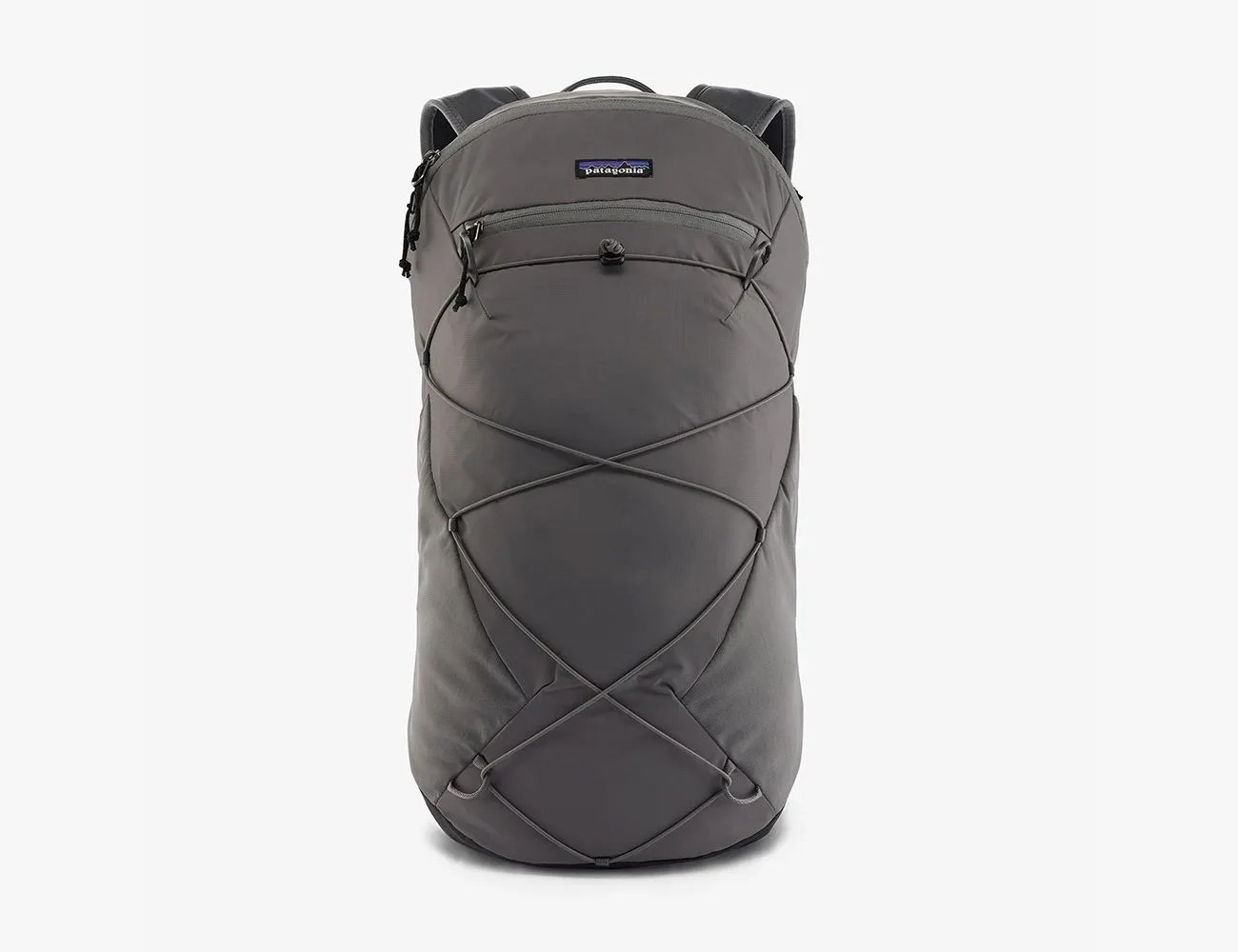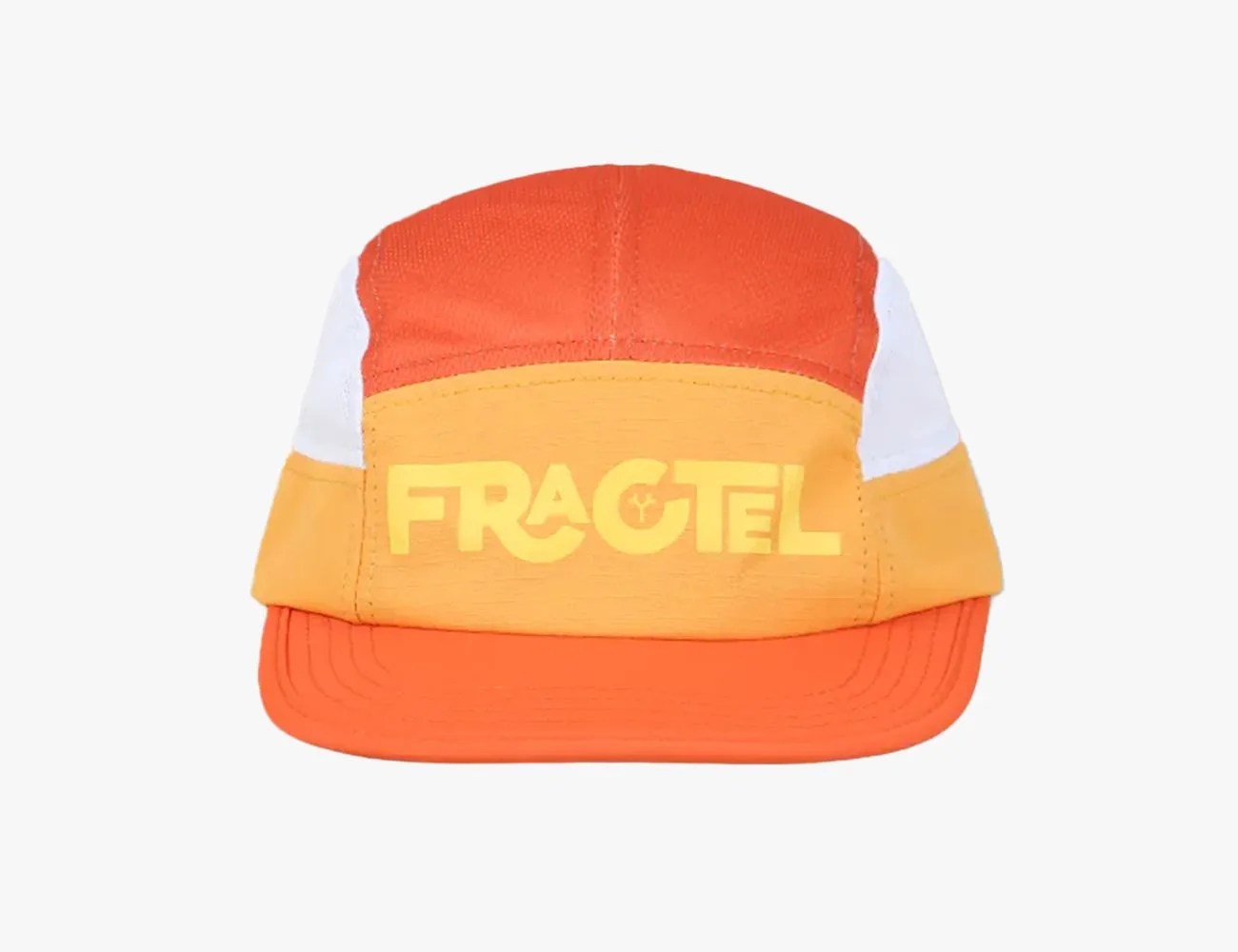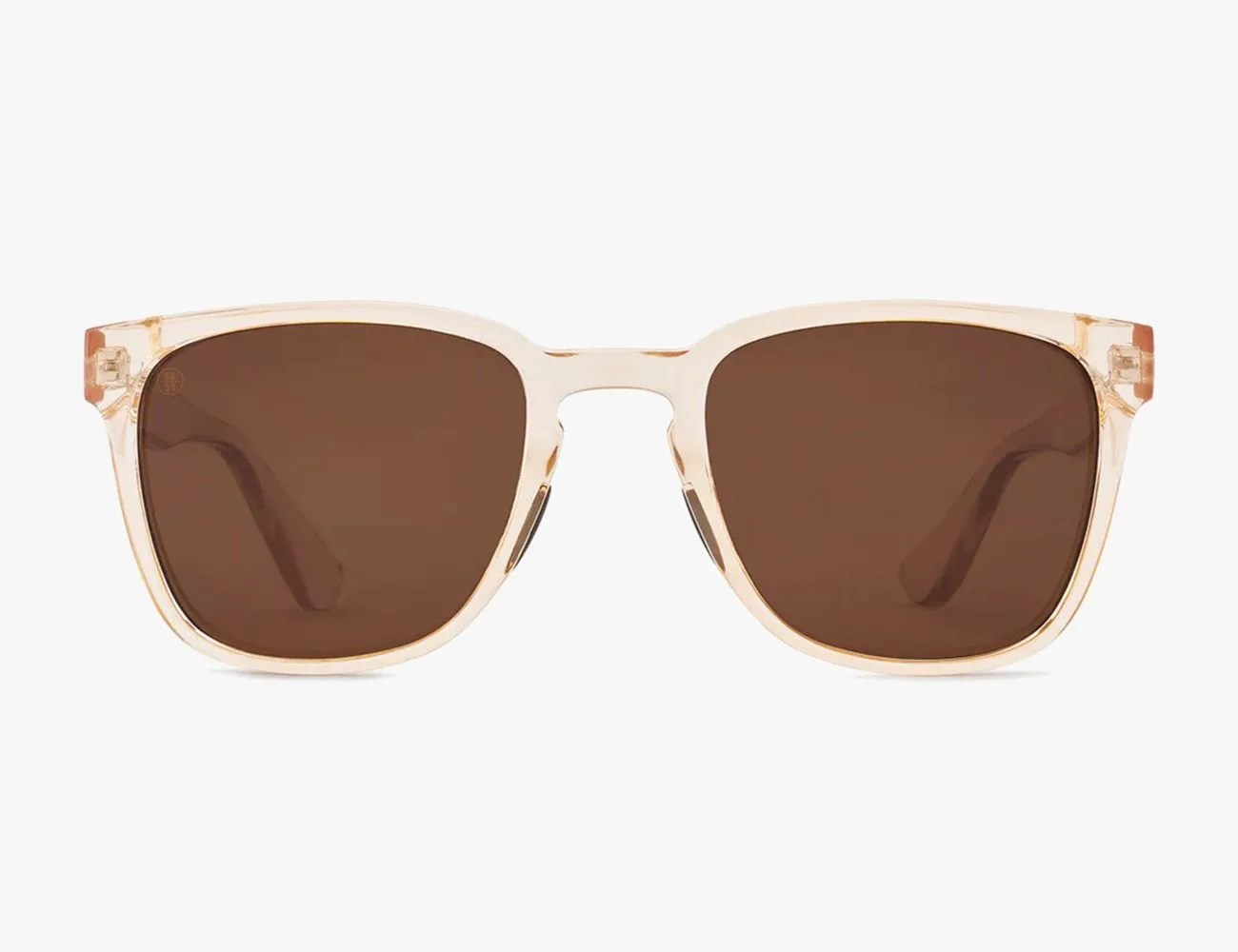One of the perks of fitness and exercising is that staying active can take shape in many forms. For example, a casual walk around your neighborhood or cul-de-sac can be excellent cardiovascular training, even though the intensity is turned down significantly from, say, a competitive marathon.
Still, though, while walking can be a great way to add some simple aerobics to your regimen, there are some variants you can employ to help boost your strolling workouts. One such example is the activity known as Nordic walking. Growing in popularity with young and old athletes alike, this walking style not only provides an excellent outlet for cardiovascular training but can also be an excellent strength workout targeting your shoulders, arms, core and legs.
Nordic walking is fairly simple to pick up, but there are some gear requirements to help you achieve the proper setup. Before we outline some of the top picks for each equipment category, let’s dive further into just what this popular training routine is, as well as its benefits and the correct form.
Products in the Guide
-
Leki Traveller Carbon Poles
BEST OVERALL NORDIC WALKING POLES
Read more -
Exel Urban Skier Carbon Nordic Walking Poles
BEST ONE-PIECE NORDIC WALKING POLES
Read more -
Montem Pro Walker Nordic Walking Poles
BEST ALUMINUM NORDIC WALKING POLES
Read more -
Keen WK400
BEST OVERALL NORDIC WALKING SHOES
Read more -
New Balance Fresh Foam X More v4
BEST NORDIC WALKING SHOES FOR STABILITY
Read more -
Danner Trail 2650
BEST NORDIC WALKING SHOES FOR TRAILS
Read more -
Black Diamond First Light Hybrid Hoody
BEST NORDIC WALKING JACKET
Read more -
Patagonia Wind Shield Pants
BEST NORDIC WALKING PANTS
Read more -
TrueEnergy Performance Crew Socks
BEST NORDIC WALKING SOCKS
Read more -
Patagonia Altvia 22L Pack
BEST NORDIC WALKING PACK
Read more -
Fractel M-Series Cap
BEST NORDIC WALKING HAT
Read more -
Kaenon Avalon Polarized Sunglasses
BEST NORDIC WALKING SUNGLASSES
Read more
What Is Nordic Walking?
Nordic walking is a specialized exercise routine that uses specific walking poles to help propel you through your strides. This low-impact, full-body workout closely resembles the actions seen in cross-country skiing as you use your upper body to help push through each step. You can Nordic walk anywhere there’s space to roam, and there’s no prescribed intensity level. This is why Nordic walking can be a great physical routine for older athletes.
The Benefits of Nordic Walking
A Better Full-Body Experience
One of the key perks to Nordic walking over traditional strolling is the fact that it can target over 90 percent of your muscles, creating a more well-rounded workout without any amplified intensity. Sure, strength training and other gym-oriented regimens might be better suited for building that dream physique, but for those that aren’t comfortable getting under a heavy bench or squat bar, Nordic walking can be an excellent way to maintain muscle composition.
More Calorie-Burning Potential
Since you’re using more muscles in Nordic walking than you would in a normal walking scenario, you’re setting yourself up to burn more energy, and thus, more calories. While it might not seem like you’re doing a lot, this added emphasis on the upper body can help you get the most out of your jaunts.
Improved Balance
Nordic walking poles essentially act as additional pillars to your frame, creating a more stable base for each toe-off. This can be excellent for those with balance issues, or athletes traversing uneven roads or terrain. Additionally, you’re pushing off the poles to generate forward momentum, which allows you to conserve more energy in your legs. This isn’t to say you can’t become tired after a lengthy Nordic walking route, but the exhaustion isn’t isolated to just your lower body.
Nordic Walking Form
To properly engage in Nordic walking, there are a few techniques to choose from. For beginners, the easiest to master is the “single poling” method where you sync your striding foot with your walking pole, pushing off at the same time. Single poling can be done with the same-side arm and leg together, or with the opposite arm and leg, although the opposite style may be more efficient as it mimics a more natural arm swing during strides.
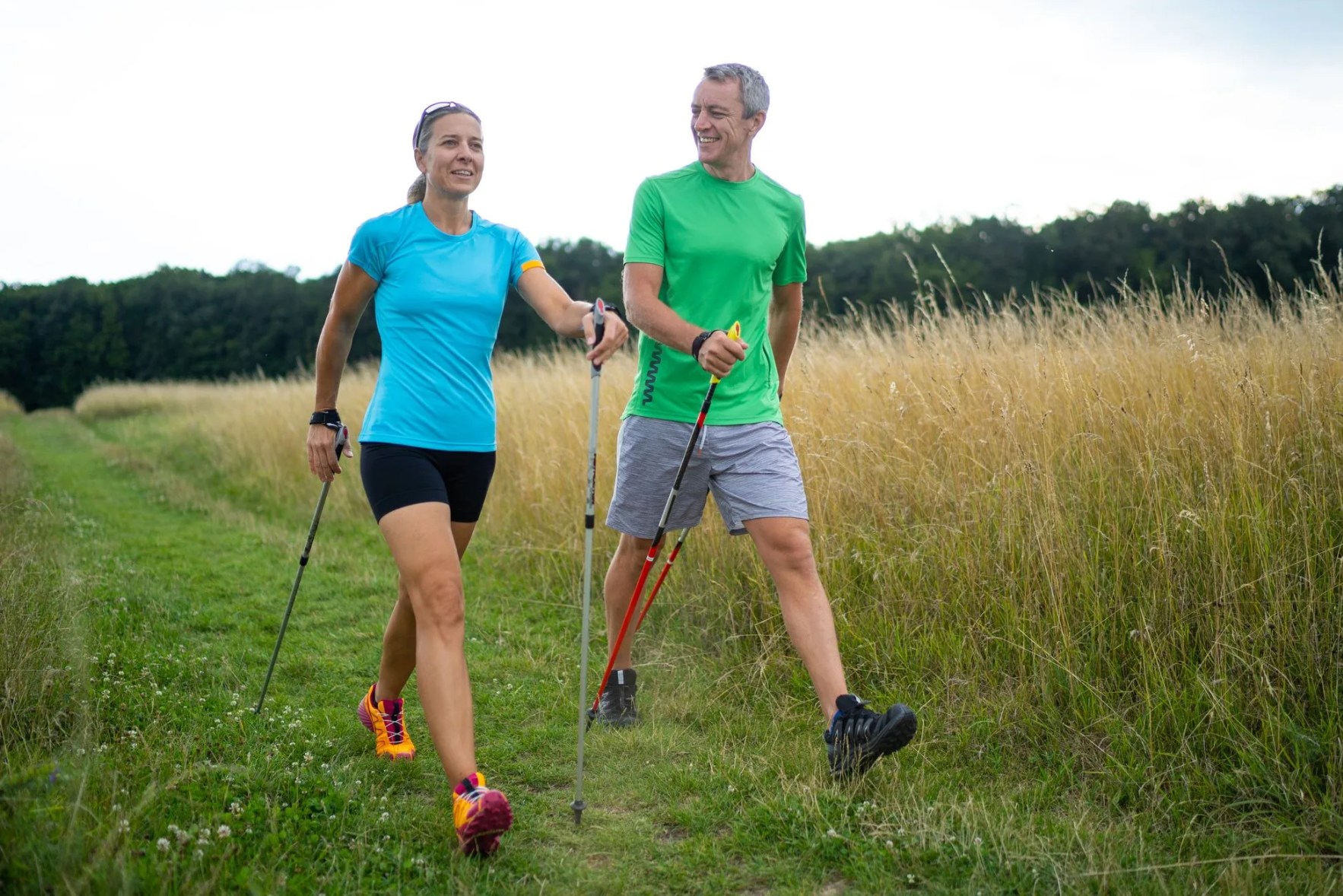 amriphoto
amriphoto